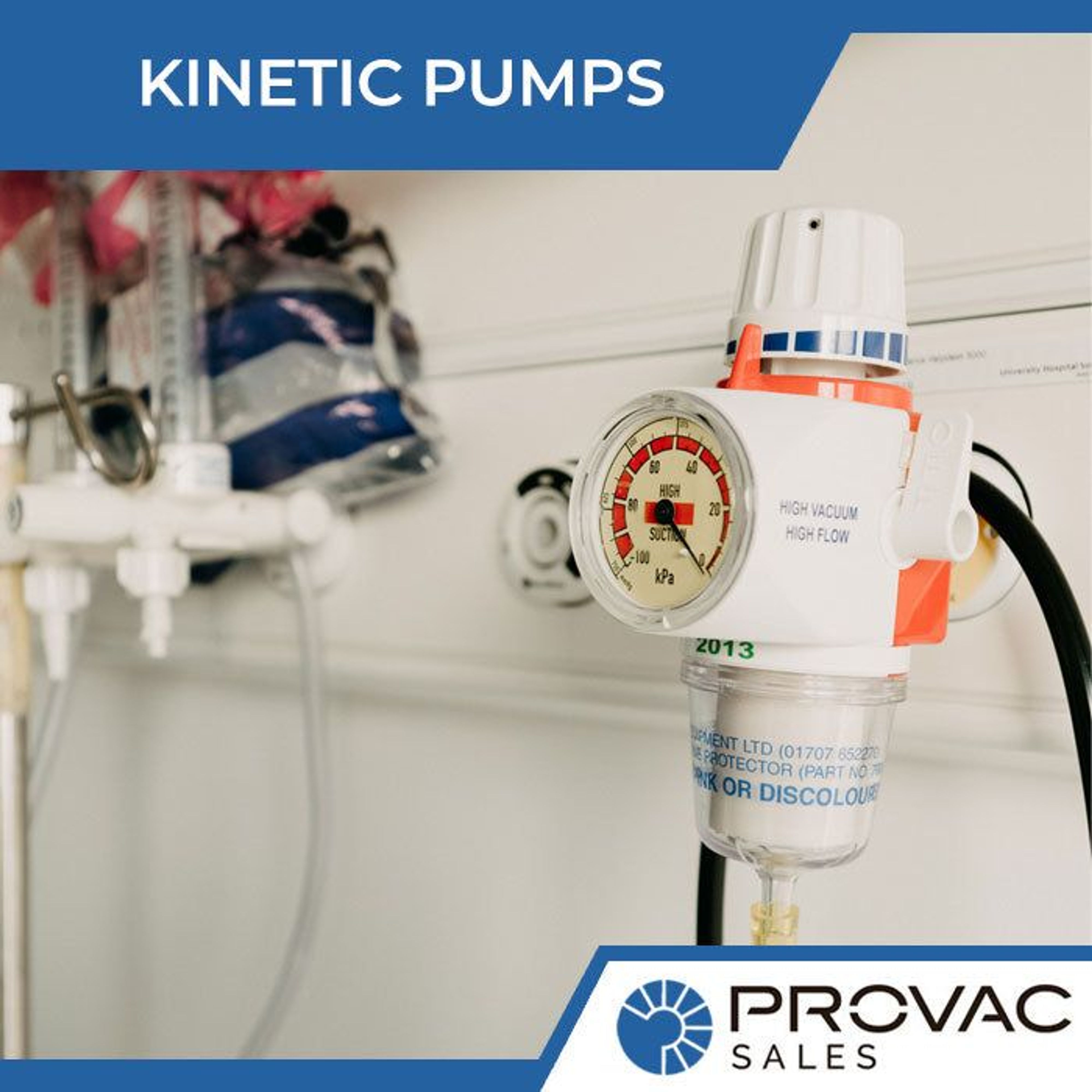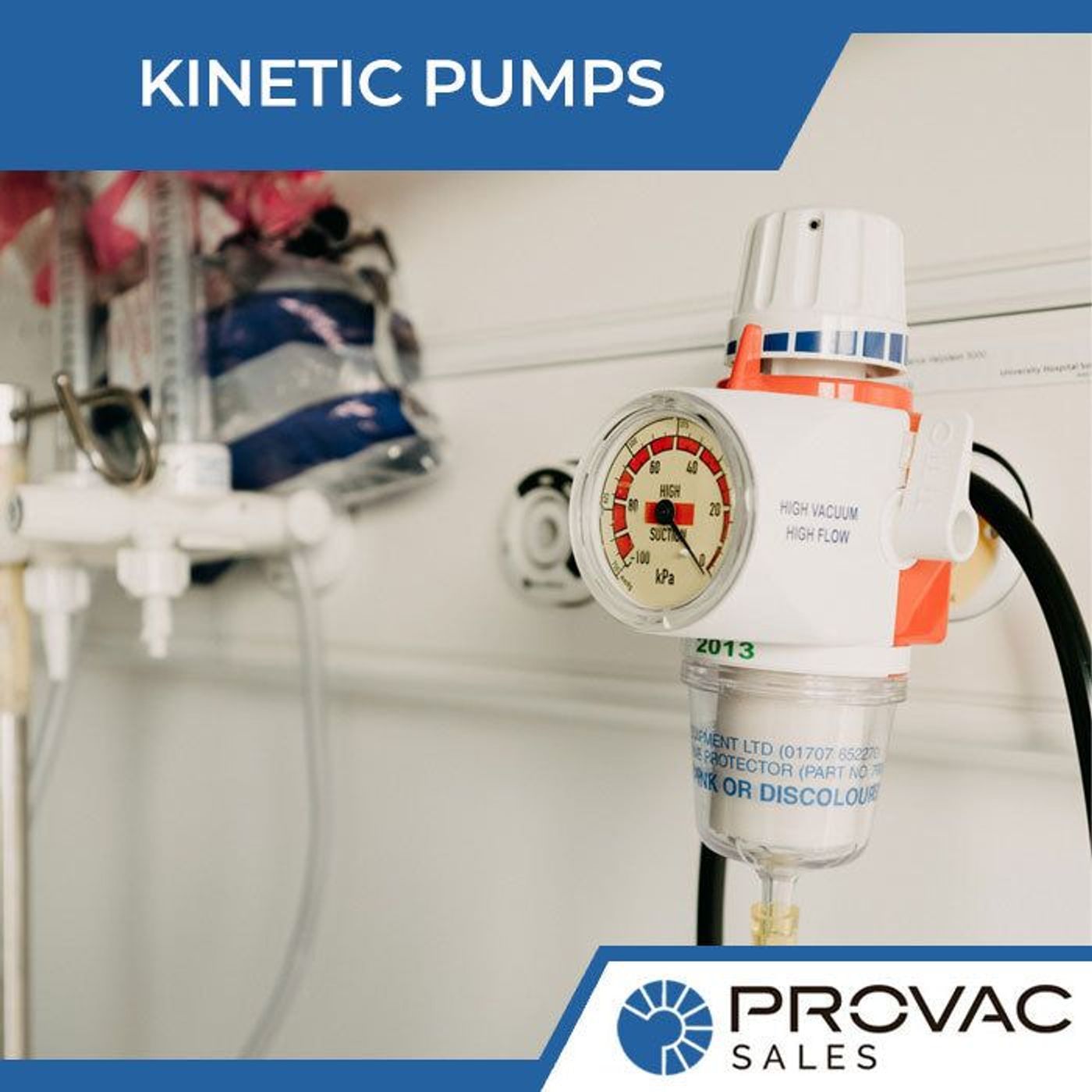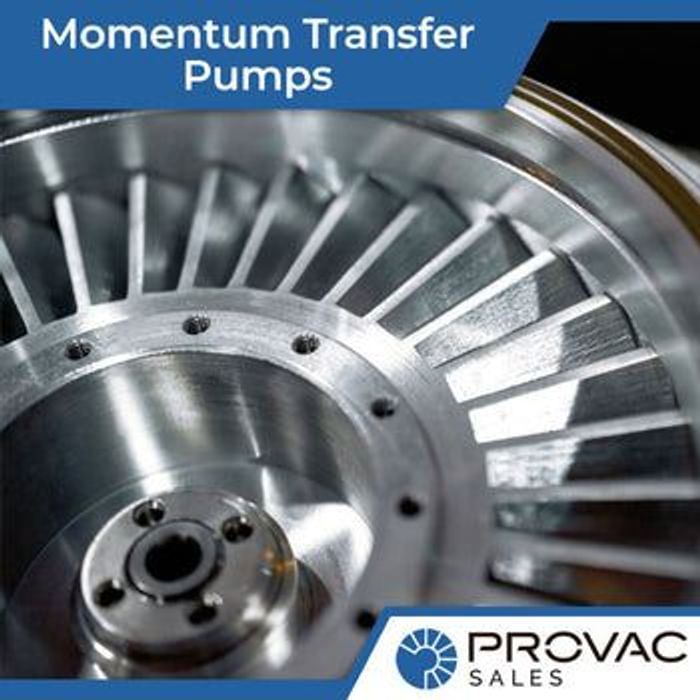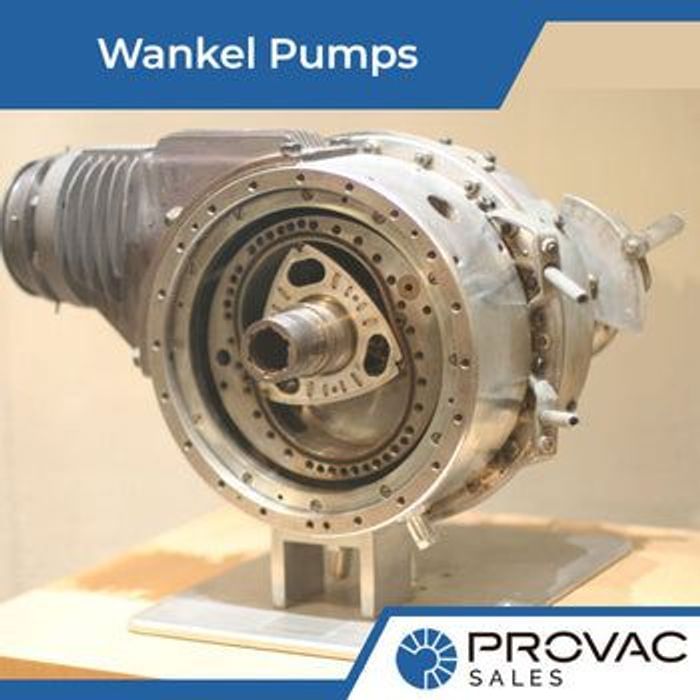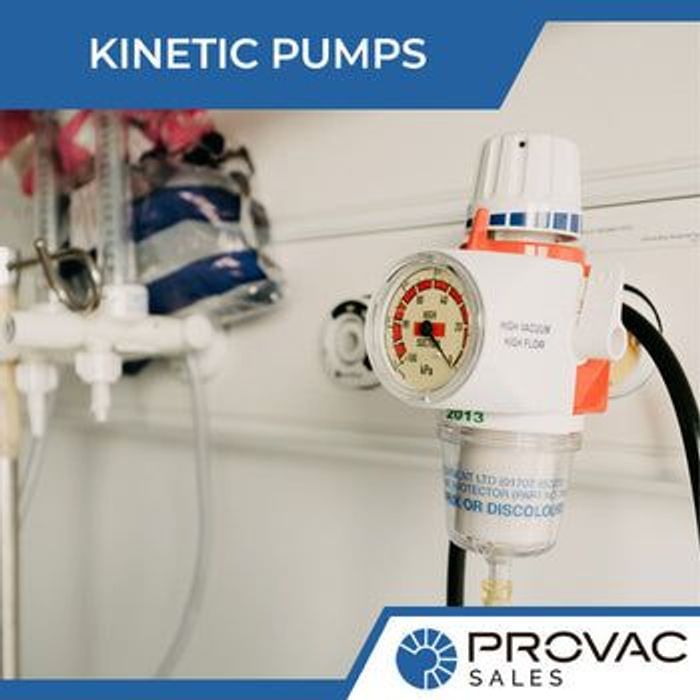When it comes to efficiently moving fluids, there's an overlooked hero in various global industries. These are kinetic pumps, the silent champions of fluid transportation. Although rarely seen, they work diligently behind the scenes to guarantee the smooth flow of everything from your morning coffee to the fuel powering your car.
What are Kinetic Pumps and How Do They Work?
Kinetic pumps are designed to move liquids smoothly and quietly, whether it's water in your home, oil in a factory, or even the blood in your body. Picture them as reliable, silent assistants always ready to keep the fluids flowing seamlessly.
Unlocking the Secrets of Kinetic Pump Operation
But how do these unassuming pumps perform their incredible tasks? It all comes down to their core concept: transforming mechanical energy into kinetic energy. Kinetic pumps harness this process to propel liquids from one location to another. Think of it as a magician's illusion – deceptively simple on the surface, yet demanding a profound understanding of fundamental principles for flawless execution.
The Mechanics Behind the Magic
To simplify the operation of kinetic pumps, let's break it down into a few easy steps:
- Impeller Action: Picture a spinning wheel with special blades inside the kinetic pump. While spinning, it makes a weak area in the middle and a strong area on the edges.
- Suction: The low-pressure zone in the middle pulls the liquid in, similar to sipping through a straw.
- Centrifugal Force: Once the liquid is pulled in, the spinning wheel's force pushes it outward.
- Exit Point: The high-pressure zone on the edges guides the liquid out through an exit, directing it where it's needed.
A Personal Perspective
Consider how kinetic pumps play a vital role in our daily lives. They ensure we have clean water to drink and keep power plants running smoothly. These pumps are like unsung heroes quietly making our lives better.
Types of Kinetic Pumps
Kinetic pumps are available in diverse forms and dimensions, with each type customized for particular applications and sectors. Let's classify these pumps into various categories and examine their distinct features.
Centrifugal Pumps
Characteristics:
- Used in industries like farming, factories, and city water supply.
- Works by spinning an impeller to create force.
- Best for moving lots of liquid with not much pressure.
- Often used for water and thin fluids.
Axial Flow Pumps
Characteristics:
- Often used to move lots of water or liquids.
- They have a design that keeps the flow smooth.
- Great for things like preventing floods, watering crops, and managing wastewater.
- Works well when there isn't much vertical distance but needs lots of liquid to flow.
Mixed Flow Pumps
Characteristics:
- Combines features of centrifugal and axial flow pumps for a good mix of flow and pressure.
- Works well when you need moderate pressure and flow.
- Used in places like sewage treatment, farm irrigation, and cooling systems.
Jet Pumps
Characteristics:
- Use a high-speed fluid jet to draw in fluids.
- Commonly used to pump groundwater.
- Compact and efficient, ideal for home well systems.
Submersible Pumps
Characteristics:
- Meant to be underwater while pumping.
- Frequently used in deep wells, sewage, and water treatment.
- Prevent fluid contamination with their sealed design.
Here's a concise comparison table of these kinetic pump types:
| Pump Type | Main Characteristics | Common Applications |
| Centrifugal Pump | High-flow, low-pressure | Water supply, manufacturing |
| Axial Flow Pump | Large volume, low turbulence | Flood control, irrigation |
| Mixed Flow Pump | Balanced flow and pressure | Sewage treatment, cooling systems |
| Jet Pump | Uses a high-speed fluid jet for suction | Groundwater pumping |
| Submersible Pump | Operates while submerged | Deep wells, sewage systems |
The Advantages of Using Kinetic Pumps
Kinetic pumps are known for their efficiency in moving fluids. Their design reduces friction, which means less energy is wasted when moving fluids. This helps save money on operations and is also environmentally friendly.
Reliability
With fluid transfer, reliability is crucial. Kinetic pumps are well-known for their sturdy build and trustworthy operation. They can run continuously for extended periods with minimal maintenance, guaranteeing a consistent fluid supply for essential processes.
Cost-Effectiveness
Beyond their efficiency and reliability, kinetic pumps provide cost-effective solutions. While their initial purchase cost may seem higher, it's often outweighed by their extended performance and minimal maintenance needs. This makes them an appealing option for businesses looking to streamline their operational expenses.
Creativity at Work
While kinetic pumps may appear simple on the surface, their influence is significant. Think about the inventiveness required to create pumps that efficiently transport large amounts of water with minimal energy or those that can pull groundwater from deep wells using jet propulsion. These creative solutions showcase human innovation and engineering excellence.
Drawbacks and Limitations
While kinetic pumps are adaptable and effective machines, like any technology, they do have their share of disadvantages and limitations. When making informed choices, take these into account.
Sensitivity to Viscosity
Kinetic pumps work best with low-viscosity fluids. However, when handling highly viscous liquids like molasses or heavy oils, their efficiency can notably decrease. In such situations, alternative pump types like positive displacement pumps may offer better suitability.
Cavitation Concerns
In cases of excessively low pressure, kinetic pumps may encounter cavitation. This process entails the creation and collapse of vapor bubbles within the pump, potentially causing damage over time. To minimize cavitation risks, it is crucial to implement proper system design and maintenance.
Limited Suction Lift
Kinetic pumps depend on suction to pull in fluids, and they have constraints regarding the height they can effectively lift fluids. If you require pumping fluids from considerable depths, submersible pumps or jet pumps might be better-suited options.
Possible Solutions and Alternatives
Viscosity Adjustment
If you have thick fluids, you can heat or thin them to make them less thick. Or, you can use positive displacement pumps made for thick substances.
Cavitation Control
To avoid cavitation, make sure the pump stays within its recommended pressure limits. Good system design, which includes using pressure relief valves, can also solve this problem.
Deep Well Pumps
When working with deep wells or boreholes, you can use submersible pumps or jet pumps to address the challenges that kinetic pumps may face. These pumps are tailored for such situations.
By recognizing these downsides and restrictions, you can make knowledgeable choices regarding the application of kinetic pumps in your particular use cases.
Real-World Applications
Now, let's explore the practical applications where kinetic pumps are deployed and understand why they are favored in various real-world scenarios.
Keeping Cities Supplied with Water
City water systems supply safe drinking water to homes and businesses. Kinetic pumps are crucial in this process, moving water from reservoirs and treatment facilities to ensure a consistent supply, even during peak demand.
Anecdotal Insight
Picture a vibrant city during scorching summer days. Kinetic pumps stand as the unsung heroes guaranteeing an uninterrupted water supply. These behind-the-scenes champions ensure that when you open the tap, a refreshing stream of water always awaits.
Powering the Industrial Machine
In manufacturing industries, kinetic pumps are the powerhouse driving the processes responsible for creating numerous everyday products. Whether it's transporting chemicals in a production plant or maintaining machinery by providing a continuous flow of coolant, kinetic pumps play a pivotal role in keeping the industrial machinery running smoothly.
Case Study
A manufacturing facility that produces automotive components depends on kinetic pumps to efficiently and rapidly transfer lubricants. These pumps play a vital role in maintaining a smooth production process, minimizing downtime, and boosting overall output.
Taming the Floods
During heavy rain and floods, kinetic pumps help manage excess water by quickly moving large volumes, preventing or reducing flood-related disasters.
Versatility Unveiled
The versatility of kinetic pumps allows them to switch from irrigation to flood control when needed, making them essential in unpredictable situations. These practical examples demonstrate how kinetic pumps serve various industries and roles, emphasizing their importance as a vital technological innovation.
Maintenance and Care Tips
To ensure the smooth operation and prolonged life of kinetic pumps, it's vital to follow these recommended maintenance steps:
- Regular Inspection: Check for wear, leaks, or damage.
- Lubrication: Check for wear, leaks, or damage.
- Alignment Check: Ensure the pump and its driver are aligned.
- Seal Integrity: Inspect and replace any leaking seals.
- Impeller Cleaning: Clean impellers regularly.
- Motor Maintenance: Maintain the electric motor if applicable.
- Pressure and Flow Testing: Measure pressure and flow rates periodically.
- Cavitation Prevention: Take steps to avoid cavitation issues.
- Environmental Considerations: Be mindful of the operating conditions.
- Spare Parts Inventory: Keep essential spare parts on hand for emergencies.
By adhering to these maintenance practices, you can keep your kinetic pumps running efficiently and reliably throughout their lifespan.
Conclusion
On our journey through the realm of kinetic pumps, we've unveiled the incredible workhorses that quietly power various industries and essential services. From delivering clean drinking water to sustaining industrial processes, kinetic pumps are the unsung heroes that keep things running.
As we've discovered, kinetic pumps operate by converting mechanical energy into kinetic energy, efficiently moving fluids. They have different types for different jobs, and they are crucial because they work well, don't break often, and are cost-effective.
Yet, we've also explored their limitations, such as sensitivity to viscosity and cavitation issues, and discussed potential solutions and alternatives.
In the real world, kinetic pumps shine by keeping cities supplied with water, fueling industries, and even combating floods. Their adaptability and versatility are truly remarkable.
In conclusion, kinetic pumps are the silent champions behind the scenes, deserving recognition for their contributions to our daily lives. The next time you enjoy a glass of clean water or witness a manufacturing plant in action, remember the incredible technology that makes it all possible.
In a world filled with innovation and technological progress, let's take a moment to appreciate the simple yet profound marvel of kinetic pumps. They showcase how human creativity and engineering can conquer complex challenges, ensuring a brighter and more efficient future. So, as you navigate your day, consider the role of kinetic pumps in the background, quietly keeping the world running smoothly, one pump at a time.
Additional Resources & Further Reading on Kinetic Pumps
If you're eager to broaden your understanding of kinetic pumps and delve deeper into related subjects, we've assembled a curated collection of valuable resources:
Books
- "Centrifugal Pumps: Design and Application" by Val S. Lobanoff and Robert R. Ross - A comprehensive guide to understanding the design and application of centrifugal pumps.
- "Pump Handbook" by Igor J. Karassik, Joseph P. Messina, Paul Cooper, and Charles C. Heald - An extensive resource covering a wide range of pump types and their applications.
Websites
- Hydraulic Institute - The official website of the Hydraulic Institute, is a renowned organization at the forefront of advancing pump technology and fostering education in the field.
Engineering Journals
- Dive into publications such as the "International Journal of Fluid Machinery and Systems" or "Pump Industry Analyst" to access comprehensive research articles and gain valuable insights into the industry.
Manufacturers' Websites
- Explore the online resources of well-known pump manufacturers such as Grundfos, ITT Goulds Pumps, or KSB. You can find product catalogs, detailed technical specifications, and educational materials on their websites.
Online Forums and Communities
- Engage in conversations on forums like Eng-Tips or Pump Industry Forum to connect with professionals and enthusiasts in the field.
Keep in mind, that the realm of kinetic pumps is extensive and continually advancing. Utilizing these resources will offer valuable insights, whether you're an experienced expert or a newcomer eager to delve into this captivating technology. Therefore, set forth on your voyage of exploration and enhance your comprehension of the often-overlooked champions that maintain the seamless flow of our world.
